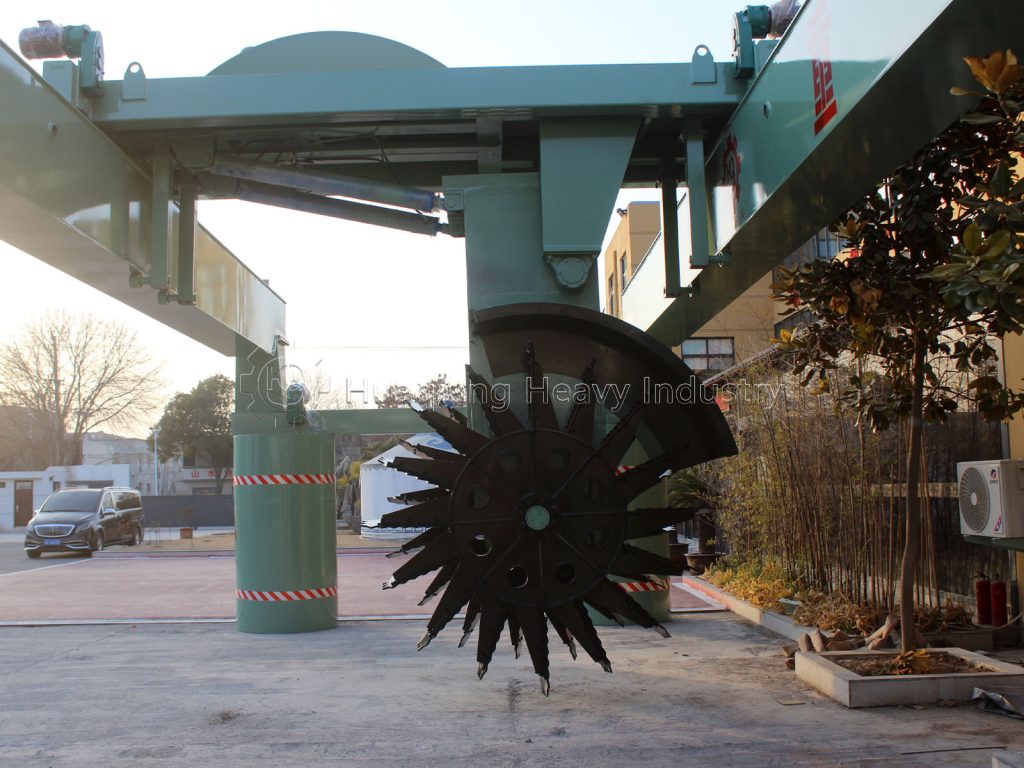Mechanism and process optimization of high-concentration alkali pretreatment to enhance biogas conversion from oil palm waste
Background and Challenges
As major global palm oil producers, Indonesia and Malaysia generate substantial amounts of oil palm empty fruit bunch (OPEFB) waste annually. Traditionally disposed of through incineration, this practice not only causes air pollution but also wastes valuable biomass resources. OPEFB, as a lignocellulosic material, has a complex structure that makes direct anaerobic digestion inefficient, requiring effective pretreatment methods to enhance biological conversion efficiency.
Indonesia and Malaysia alone produce over 17 million and 15 million tons of OPEFB annually, respectively. Converting this waste into biogas not only addresses environmental pollution issues but also provides renewable fuel for the transportation sector, offering multiple environmental benefits.
Pretreatment Technology Research
Alkaline Pretreatment
Using 8% sodium hydroxide solution to pretreat OPEFB, researchers studied the effects of different treatment durations on biogas production. Results showed that 60 minutes of pretreatment effectively disrupted the lignocellulosic structure and significantly increased methane production. This high-concentration alkaline treatment method offers the advantage of operating at ambient pressure and relatively low temperatures, with the possibility of reagent recovery, providing good economic and environmental benefits.
Phosphoric Acid Pretreatment
Treatment with 85.7% concentrated phosphoric acid effectively breaks down the resistant structures of lignin and hemicellulose. The prominent advantage of phosphoric acid pretreatment is the possibility of reagent recovery and reuse, though research on its application for improving biogas production remains limited and requires further exploration and optimization.
Research Findings and Discoveries
Systematic experimental research revealed that alkaline pretreatment significantly alters the carbohydrate structure of OPEFB, making it more easily degradable by microorganisms. Composition analysis showed that untreated material contained 24.6% lignin, primarily acid-insoluble lignin. After 60 minutes of alkaline treatment, lignin content noticeably decreased, and cellulose crystallinity reduced. These structural changes directly enhanced anaerobic digestion efficiency.
Compared to mechanical pretreatment, chemical pretreatment demonstrates superior performance in improving biological conversion efficiency, despite potential inhibitor production. Particularly, alkaline pretreatment at appropriate concentrations and durations effectively enhances biogas production without generating significant inhibitors.

Environmental Significance and Application Prospects
Converting OPEFB into biogas not only addresses waste management issues but also provides new pathways for renewable energy production. This conversion model aligns with circular economy principles and can significantly reduce greenhouse gas emissions, particularly in replacing fossil fuels in the transportation sector.
Research demonstrates that OPEFB can be efficiently converted into biogas through appropriate pretreatment technologies. Alkaline pretreatment using 8% sodium hydroxide solution for 60 minutes shows optimal results, providing technical basis for large-scale industrial application. These research findings offer new directions for sustainable development in the palm oil industry, possessing significant practical importance and promotion value.
Integrating OPEFB Processing into Modern Fertilizer Production
The effective utilization of Oil palm empty fruit bunch (OPEFB) represents a significant opportunity for sustainable fertilizer production in palm-growing regions. Following appropriate pretreatment, this abundant agricultural waste can be integrated into comprehensive organic fertilizer production line systems. Initial pre-composting processing equipment such as the chain compost turner and large wheel compost turning machine facilitates the organic fertilizer fermentation of OPEFB materials, transforming waste into valuable organic fertilizer components.
Once properly composted, the processed OPEFB can be granulated using various fertilizer granulator technologies. The rotary drum granulator and drum granulator utilize drum granulation principles to create uniform organic fertilizer pellets, while the double roller press granulator and fertilizer roller press machine offer alternative compaction methods. For operations requiring blended products, the material can be incorporated into npk fertilizer production line configurations as an organic component within the broader npk fertilizer manufacturing process.
The integration of OPEFB into both bio organic fertilizer production line and conventional npk production line systems demonstrates how agricultural waste can be transformed into valuable fertilizers. From initial processing with wheel compost turner equipment to final granulation using npk fertilizer granulator technology, this approach supports circular economy principles while addressing waste management challenges in the palm oil industry through innovative npk manufacturing process adaptations.
